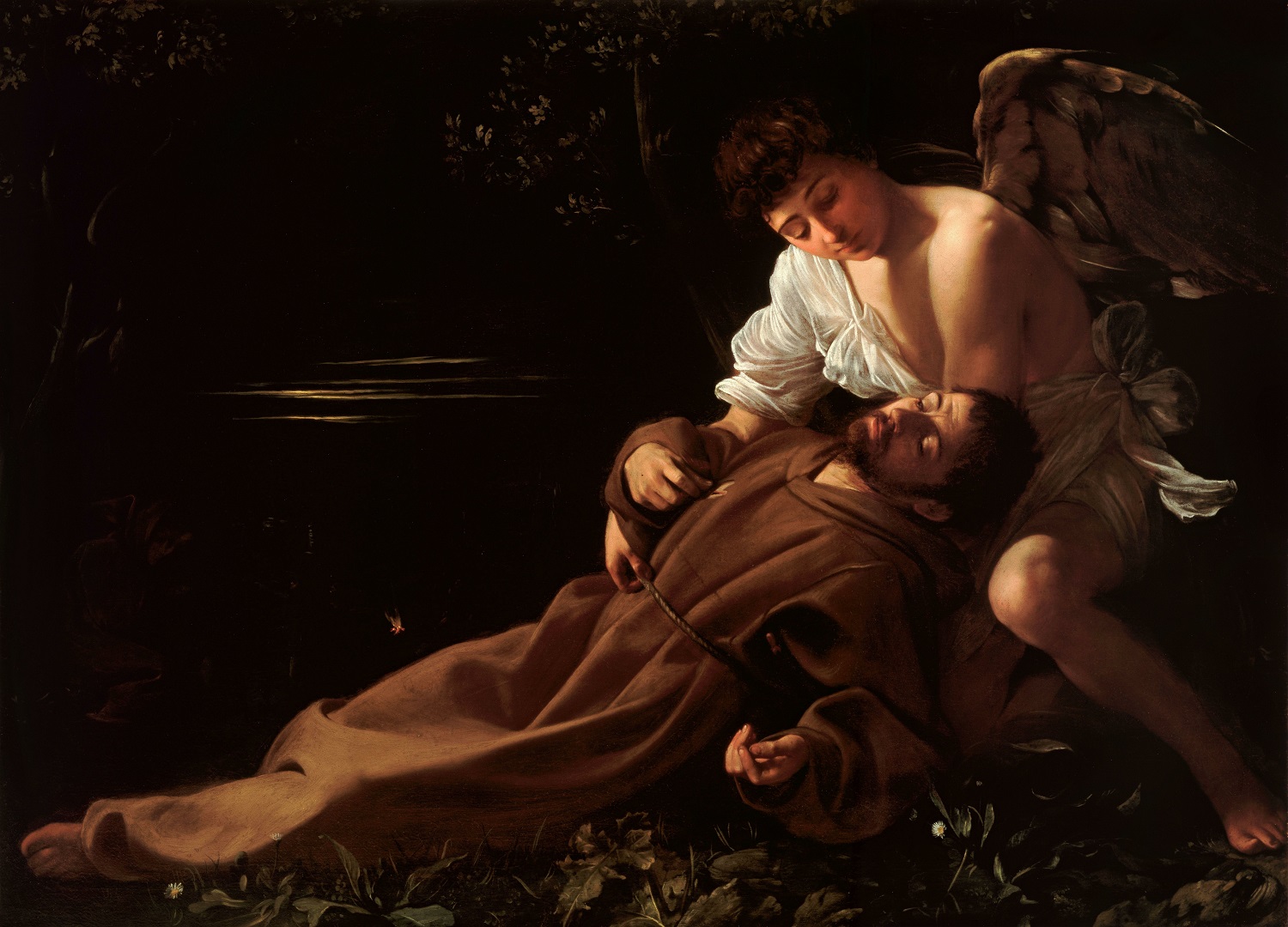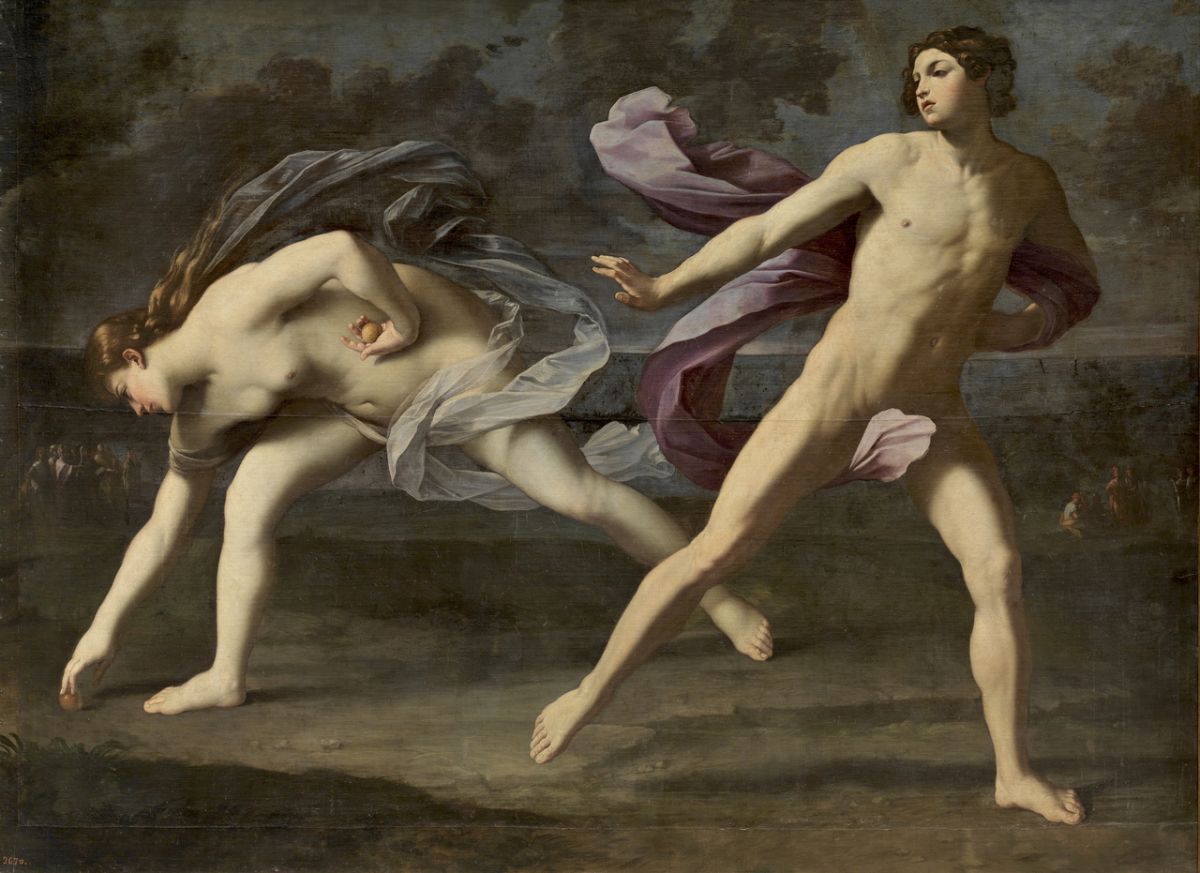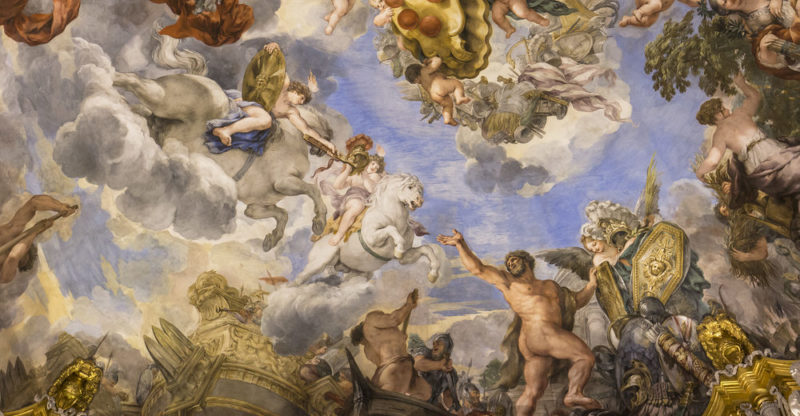The Baroque was an artistic, cultural and literary movement that developed in Europe from the late 16th to the mid-18th
century. It was characterised by an exaggeration of form, ornamental richness, grandeur and emotionality.
In architecture, the Baroque was characterised by the use of exuberant decorative elements and the creation of grandiose
and dramatic spaces. Baroque churches and palaces were built with large domes, columns, statues and frescoes that
created an effect of movement and tension.

In painting, the Baroque was characterised by the use of intense colours, the creation of contrasts of light and shadow (chiaroscuro) and the depiction of religious and mythological themes. Baroque artists created scenes full of drama and movement, which were intended to shock the viewer.
Baroque literature was also characterised by exaggeration and emotionality. Baroque writers used ornate and ornate language to create works that made an impact on the reader. Baroque poetry focused on themes such as the transience of life and death, while Baroque prose focused on depicting complex and emotional characters.
TRY SLIDING THE IMAGE
The Baroque was also characterised by a strong religious influence. The Catholic Counter-Reformation promoted a new form
of religiosity based on emotion and devotion, which was reflected in Baroque culture. Baroque works sought to move the
viewer and lead to a deeper religious experience.
Was a transitional period between the Middle Ages and the modern era. Despite its exaggeration and emotionality, the
Baroque laid the foundations for modern aesthetics and artistic sensibility. In addition, the Baroque had a significant
impact on Latin American culture, especially in colonial literature and architecture.
The Baroque also had a significant impact on music. During this period, new forms of music emerged, such as opera and
oratorio, and new compositional techniques were developed, such as the basso continuo and the fugue. Baroque composers,
such as Johann Sebastian Bach and George Frideric Handel, created complex and emotional works that reflected the
exuberance and drama of the movement.
Another important aspect of the Baroque was the creation of a new type of art: ephemeral art. During this period, works
of art were created that were not intended to last over time, such as fireworks and theatrical sets. These works of
ephemeral art were designed to create a striking visual effect at the time, but were not intended to be kept as pieces
of art.
In short, the Baroque was an artistic and cultural movement characterised by its exaggeration, emotionality and
ornamental richness. It had a significant impact on architecture, painting, literature, music, fashion, jewellery and
science. Despite its excessive ornamentation, the Baroque laid the foundations for modern aesthetics and artistic
sensibility.


